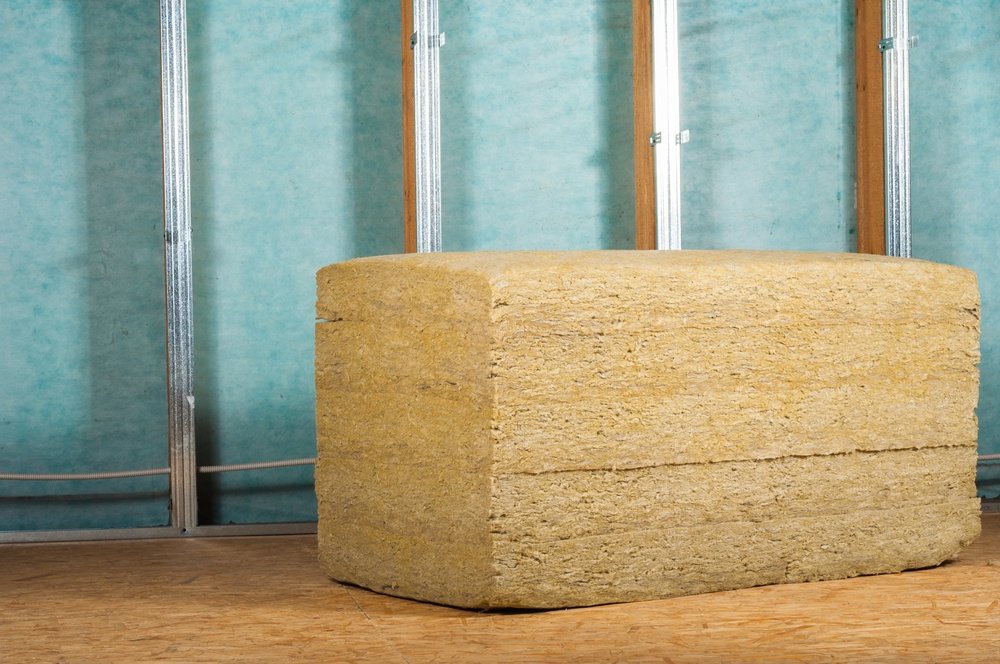What Kind of Eco-Friendly Home Insulation is Best?
According to Energy Star, most homes in the U.S. are not properly insulated. Why does this matter? Insulation acts as a barrier between the inside and outside of your home. The right amount of insulation can drown out noise from outside so you can finally get the rest and relaxation that you deserve.
Insulation can also prevent air leaks by trapping cool air in the summer and warm air in the winter inside your home. If your home isn’t properly insulated, your heating and cooling system will need to work twice as hard to make up for the lost air and maintain a comfortable temperature. Therefore, a home that is not properly insulated will also waste more energy, which means utility bills will be higher, too.
If you’re ready to take advantage of the benefits of living in an insulated home, it’s important to learn about the many different types of insulation. Experts recommend using eco-friendly insulation, which is considered safer and more effective than other materials. Here’s an overview of the best eco-friendly insulation materials:
Sheep’s Wool
Sheep’s wool is one of the most popular–and effective–eco-friendly insulation materials. Compressed wool fibers form hundreds of thousands of air pockets that trap air instead of letting it flow through the walls of your home. Wool is also highly resistant to water, so it is ideal for homes in humid climates.
Every inch of sheep’s wool has an R-3 or R-4 value, which makes it perfect for homes in the south and middle of the country. Homes that are in colder climates can also use sheep’s wool, but they will need to use more material to achieve the proper amount of insulation.
Cotton
Cotton insulation is similar to fiberglass insulation, however it is far more eco-friendly. In fact, cotton insulation is often made from recycled cotton scraps, so it is one of the most eco-friendly choices on the market.
Cotton absorbs a lot of moisture, so it works well in humid climates, and it has an R-3 or R-4 value. Some types of cotton insulation are flame retardant, and most are insect repellant, which are two highly desirable qualities. Although there are many benefits to choosing cotton, there is one downside. Cotton insulation is somewhat pricey, so you must be willing to spend more in order to enjoy these benefits.

Aerogel
Scientists created Aerogel in the late 1920s, and now it is widely regarded as one of the most unique and useful eco-friendly substances on Earth. Aerogel is made by removing liquid from silica in a high pressure and hot environment. After the liquid is removed, all that’s left is an incredibly light material that is mostly air. Even though it is a lightweight and airy material, it blocks heat and prevents it from passing through the walls of your home. It’s also capable of absorbing both oil and water, and is fireproof.
Aerogel has an R-value of approximately 10.3, which means it is a much more effective insulator than other eco-friendly materials. But, Aerogel is more expensive than other options. So, even though you may not need as much of it to properly insulate your home, it may end up costing the same or more than what it would cost to insulate your home with other eco-friendly materials.
Winter is rapidly approaching, so now is the perfect time to insulate your home with one of these eco-friendly forms of insulation. Installing one of these options now will ensure you stay warm and toasty inside your home all winter long!


